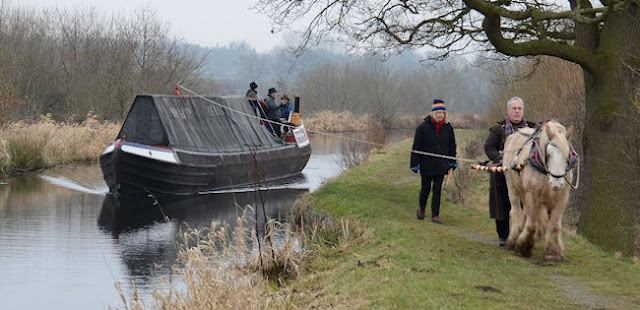African Blackwood and Gun Metal Fountain Pen
Native to seasonally dry regions of Africa from Senegal east to Etitrea and south to the Transvaal in South Africa. The tree is an important timber species in its native areas; it is used in the manufacture of musical instruments and fine furniture.
It is a small tree reaching 4-15 m tall, with grey bark and spiny shoots. The leaves are deciduous in the dry season, alternate, 6-22 cm long, with 6-9 alternately arranged leaflets. The flowers are white and produced in dense clusters. the fruit is a pod 3-7 cm long, containing one to two seeds.
The dense, lustrous wood ranges from reddish to pure black. It is generally cut into small billets or logs with its sharply demarcated bright yellow white sapwood left on to assist in the slow drying so as to prevent cracks developing. Good quality "A" grade African blackwood commands high prices on the commercial timber market. The tonal qualities of African blackwood are particularly valued when used in woodwind instruments, principally clarinets, oboes, flutes and piccolos. The timber is used mainly because of its machinability and dimensional stability. Furniture makers from the time of the Egyptians have valued this timber.
Due to overuse, the mpingo tree is severely threatened in Kenya and is needing attention in Tanzania and Mozambique. The trees are being harvested at an unsustainable rate, partly because of illegal smuggling of the wood into Kenya, but also because the tree takes upwards of 60 years to mature.
Pen #664 was turned on 25th September 2016 outside the Barclarycard Arena in Birmingham.
You can follow my pen making here on this blog and our travels on another blog here























